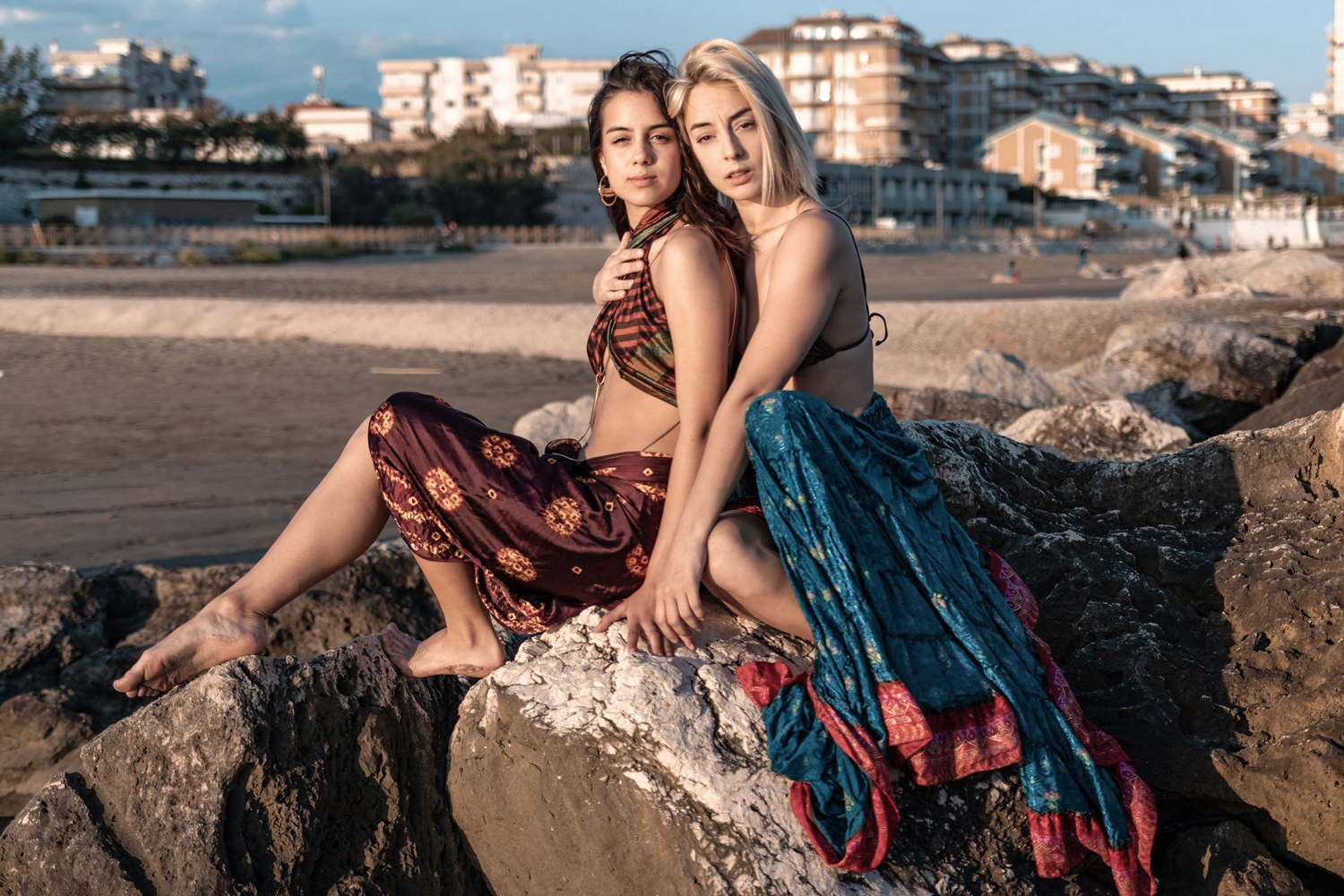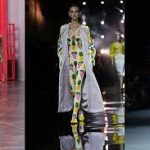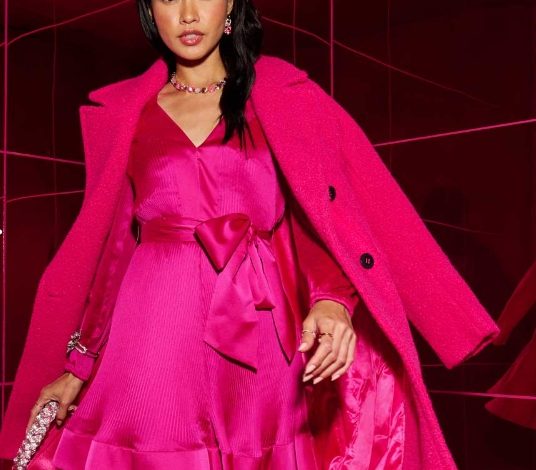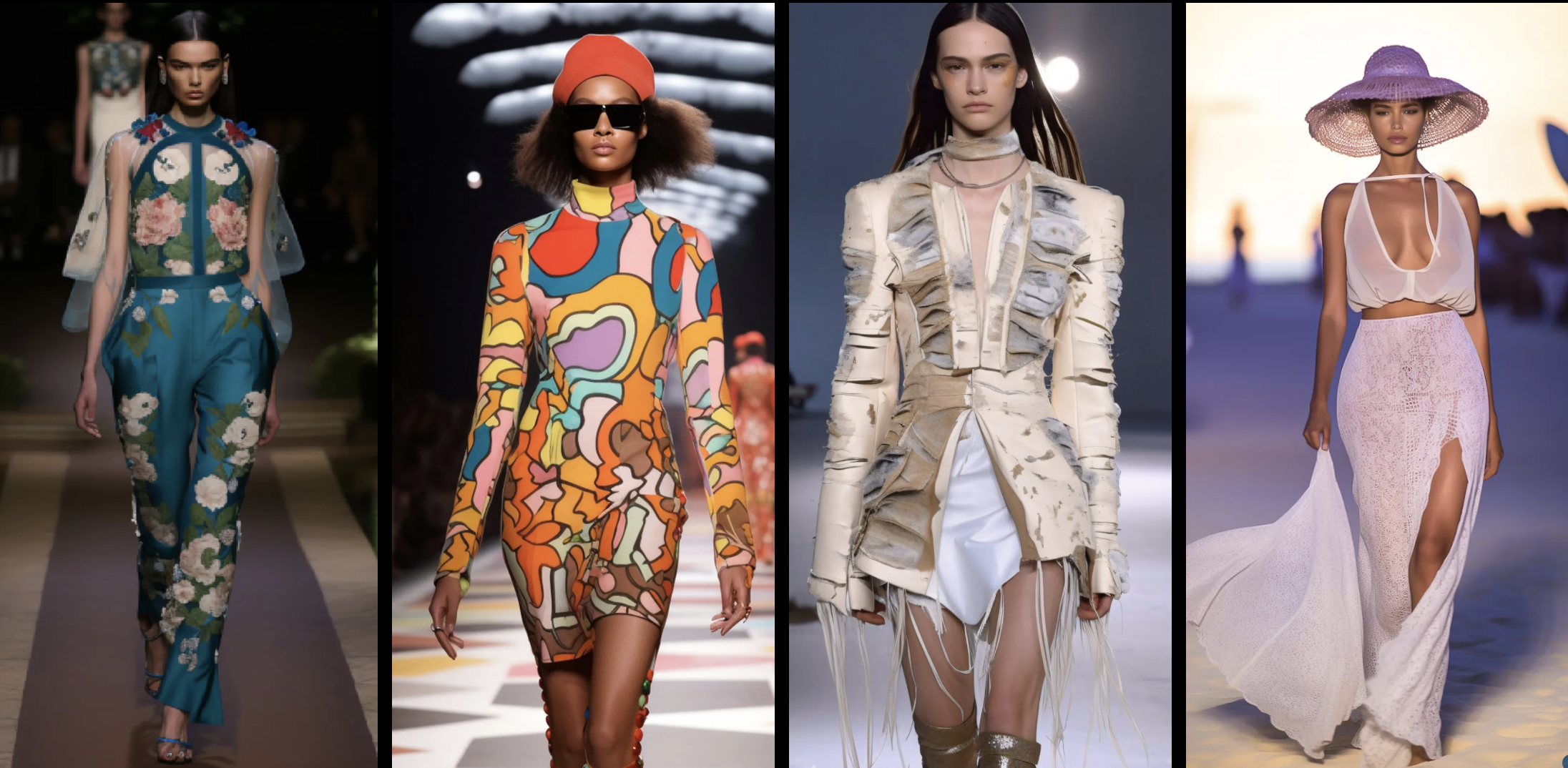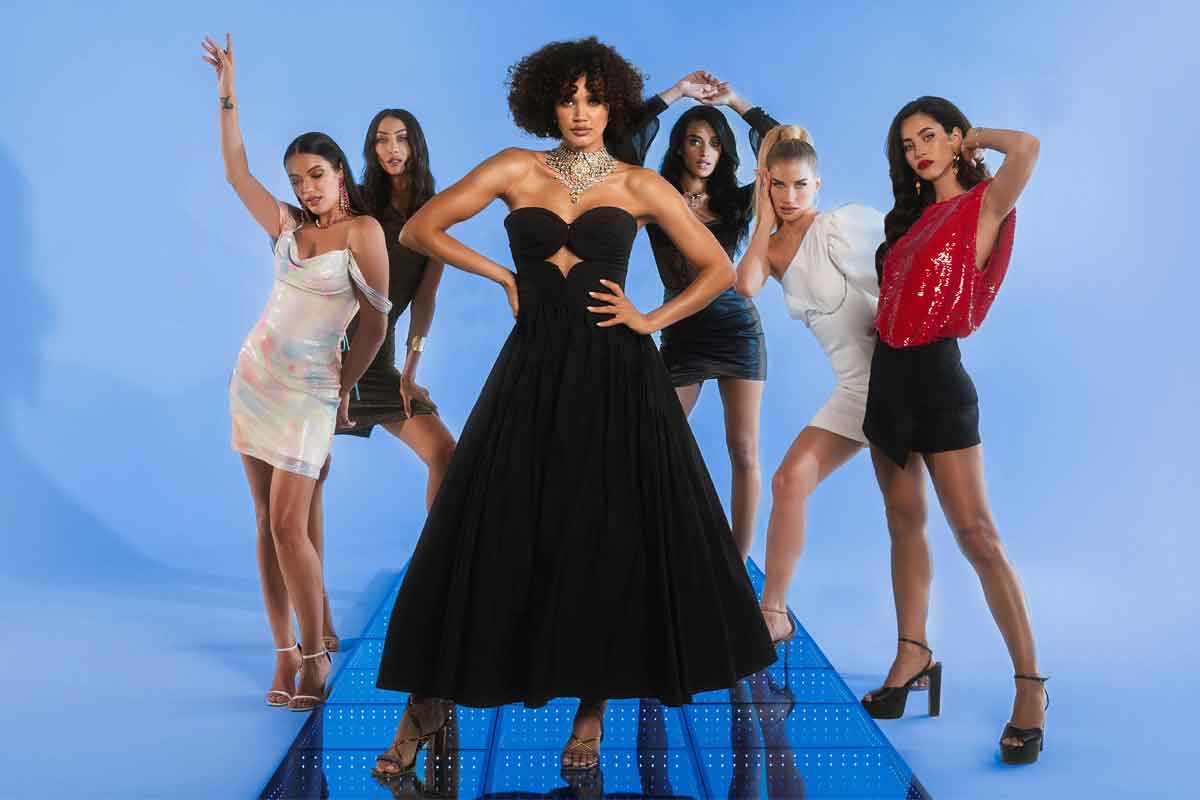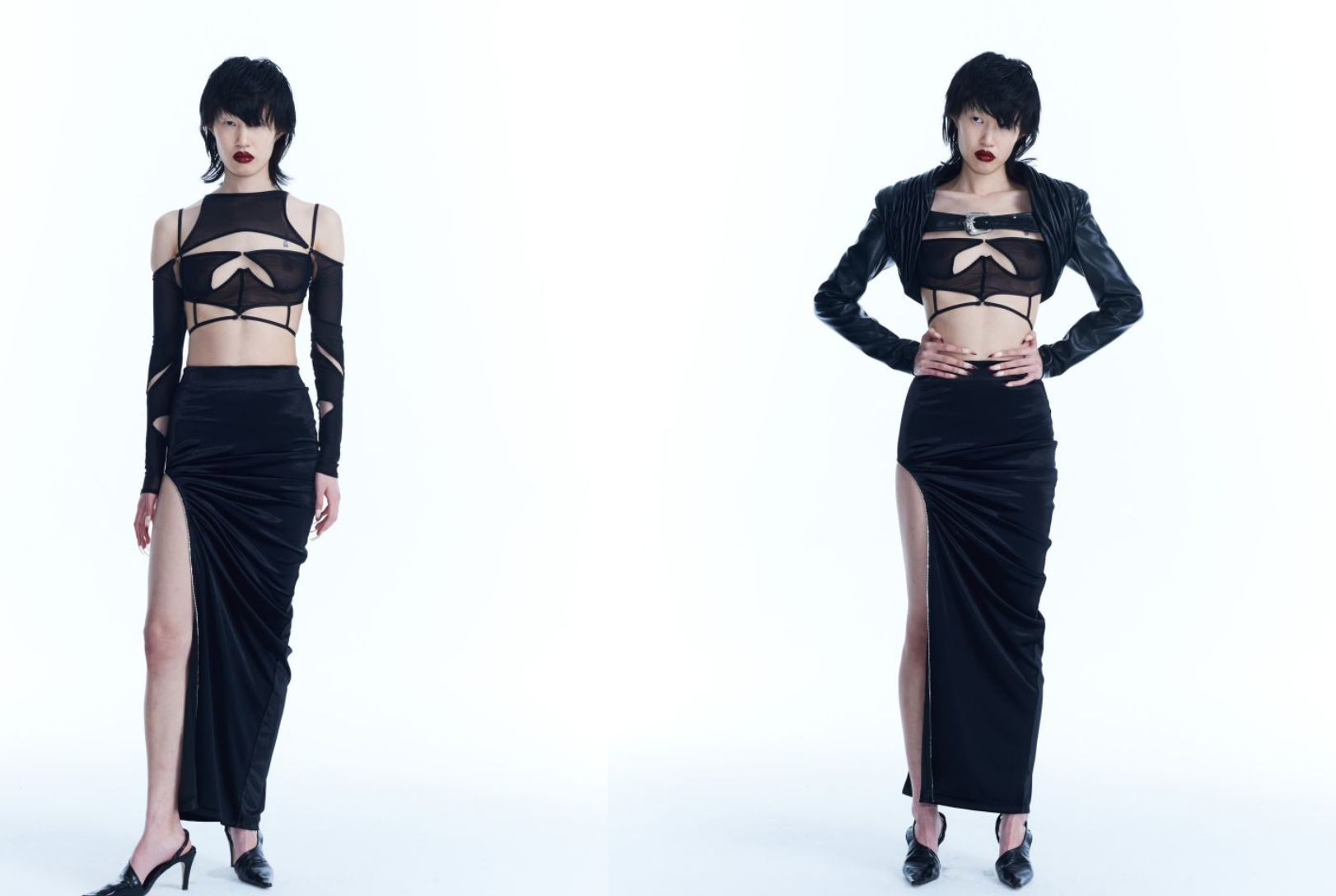
What is Subversive Fashion? A Simple Guide
When it comes to fashion, many people often think of it as just a way to express oneself through clothing and personal style. But what if I told you that fashion can also be a powerful tool for social and political statements? Welcome to the world of subversive fashion, where clothing becomes a form of activism.
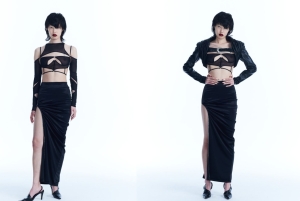
As someone who has always been passionate about both fashion and social justice, subversive fashion has always fascinated me. It goes beyond mere aesthetics and delves into the realm of challenging norms, questioning authority, and sparking conversations.
But what exactly is subversive fashion? In simple terms, it refers to clothing and accessories that intentionally go against mainstream fashion trends or challenge societal norms. It is a way of using fashion as a means to express dissent, provoke thought, and challenge the status quo.
One of the most iconic examples of subversive fashion comes from the punk movement of the 1970s. With their torn jeans, leather jackets adorned with spikes and safety pins, and vibrant colored hair, punks were the embodiment of rebellion and nonconformity. Their fashion choices were a direct response to the social and political climate of the time.
But subversive fashion is not limited to just one style or era. It can take many forms, from slogan t-shirts and protest-inspired designs, to gender-neutral clothing and cultural appropriation activism. It is a continuous evolution that reflects the changing times and societal issues we face.
One subversive fashion trend that has gained significant attention in recent years is sustainability. With the fashion industry being one of the most polluting industries in the world, eco-conscious designers and brands have emerged to challenge the wasteful practices of fast fashion. They promote clothing made from organic materials, recycled fabrics, and fair trade production methods, creating a fashion movement that is not just about style, but also about taking care of our planet.
Another powerful form of subversive fashion is gender fluidity and inclusivity. In a world where gender norms are still deeply ingrained, many designers and brands are challenging the binary restrictions put on clothing. They create collections that blur the lines between traditional masculine and feminine styles, allowing individuals to express themselves authentically without conforming to societal expectations.
But subversive fashion is not only about making a statement with what we wear. It is also about changing the way we consume fashion as a whole. It encourages us to think critically and ethically about our purchasing choices, supporting brands that align with our values and avoiding those that perpetuate harmful practices or endorse oppressive ideologies.
So how can we incorporate subversive fashion into our own lives? The first step is to educate ourselves about the issues we care about and find ways to support causes through our clothing choices. It could be as simple as wearing a t-shirt with a powerful slogan that raises awareness, or as involved as supporting local sustainable designers or brands that actively promote inclusivity and fair-trade practices.
We can also challenge the norm in our everyday fashion choices by experimenting with different styles, mixing unexpected pieces, and embracing individuality. By breaking free from the constraints of what society deems acceptable, we can use fashion as a personal form of rebellion and self-expression.
Finally, subversive fashion is not just about what we wear, but also about the conversations we start. By using our clothing as a catalyst for discussion and raising awareness about social and political issues, we can create meaningful change. Whether it’s explaining the symbolism behind a particular outfit or sharing the story of a designer who is challenging the industry, we can spark important conversations and inspire others to take action.
In conclusion, subversive fashion is a powerful and exciting way to merge personal style with activism. It allows us to challenge norms, express dissent, and promote positive change. Whether it’s through sustainable choices, gender inclusivity, or supporting brands that align with our values, we have the opportunity to make a difference with our fashion choices. So next time you get dressed, remember that your outfit can be more than just a fashion statement – it can be a form of subversive activism.

